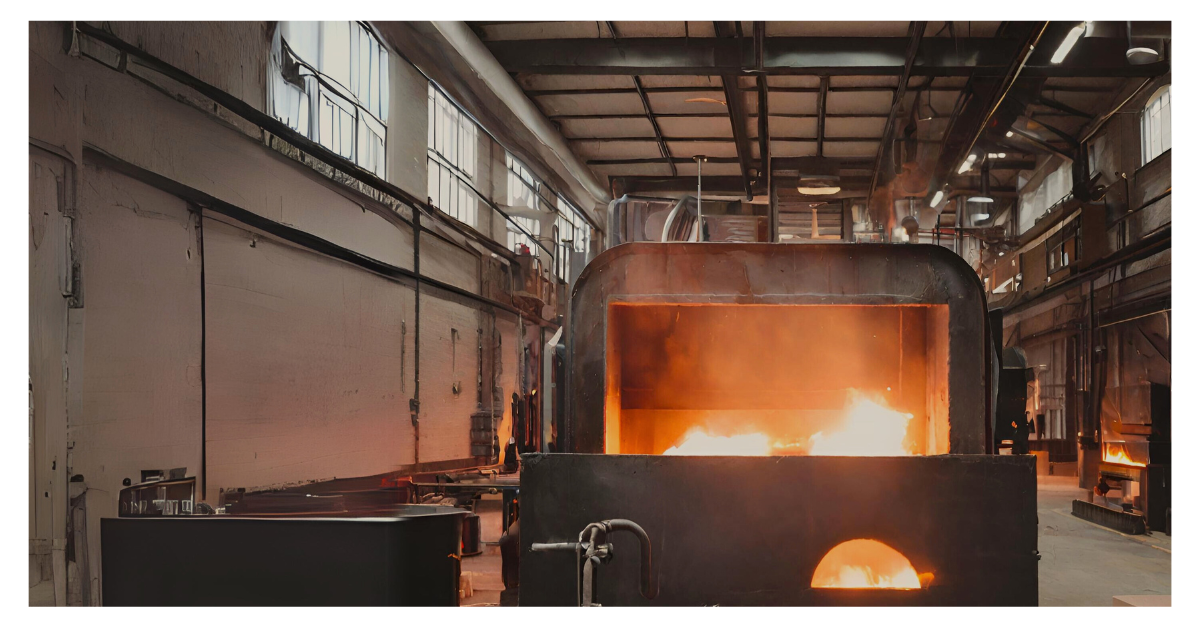But first, let’s take a step back and look at the background. Any industrial site housing a heat generating process like food processing, laundering, welding, spray painting, grain drying, or any other production, also sports a system for process ventilation. It is there mainly to expel any heat, fumes, pollutants, particles or other compounds detrimental to the indoor air quality.
And you’ve designed your process ventilation to protect your employees from potentially harmful substances, ensure agreeable temperatures and moisture levels at working stations to help people remain productive throughout the working day and to ensure machinery and equipment can operate at maximum efficiency. So, process ventilation is part of your company’s strategy to build an efficient production process, which ultimately allows for higher product margins and therefore, is very important to your company’s total profitability.
Until now, though, you’ve not been able to recover the inherent heat from process ventilation, so the excess heat has been expelled straight out into the ambient air, hence wasting a lot of energy and money.
Not any more. Enjay Systems introduces the first heat exchanger that delivers robust energy recovery also in polluted air streams. So, from today, you can start recovering the energy from many of the excess heat sources that you are currently throwing away.
We know your organization has looked for this for a long time, and now it will finally be possible to realize the energy efficiency improvements that you’ve had to postpone earlier. And even better, if you talk to us at Enjay directly, we can guarantee that your project will have a very favorable balance between monetary savings and investment cost – we guarantee that your pay-back time will be less than three years. In many cases substantially less than three years.
Enjay Systems pushes the boundaries for energy recovery – and thanks to that work, our technology makes it profitable to decrease fossil emissions.
Potential savings
The air in process ventilation generally maintains a high temperature and since production is often 24 hours a day, a lot of warm air is ventilated out to the ambient air. High temperatures coupled with high air volumes, equals a lot of inherent energy, which, if the excess heat is recovered, delivers significant savings.
The average saving per site in our current projects is 900 000 kWh per year. At an energy cost of about 5 pence / kWh, the average monetary saving amounts to £ 45,000 per site and year.
By recovering the inherent energy in the excess heat rather than wasting it straight out into the ambient air, the usage of fossil energy can be decreased, leading to decreased emissions of 900 000 kWh per year which saves about 300 tons of fossil CO2 per annum.
Got excess heat?
All buildings where a heavy-duty production process happens on an ongoing basis generates excess heat. Examples of processes that are guaranteed to generate excess heat include:
- Spray painting
- Laundries
- Food processing
- Foundries
- Industrial drying
- Polymer/rubber production
- Restaurant kitchens
But, literally, thousands of other processes can hold just as much promise.
Send us an email to enquiries@enjaysystems.com or fill the form below to gauge how much excess heat we can recover from your process ventilation. It is quick, efficient and no strings attached.
